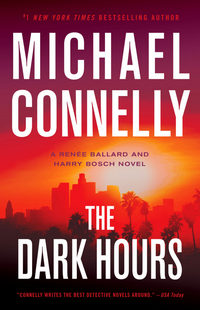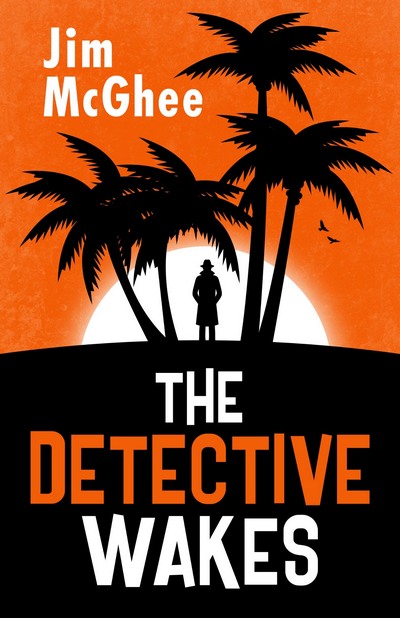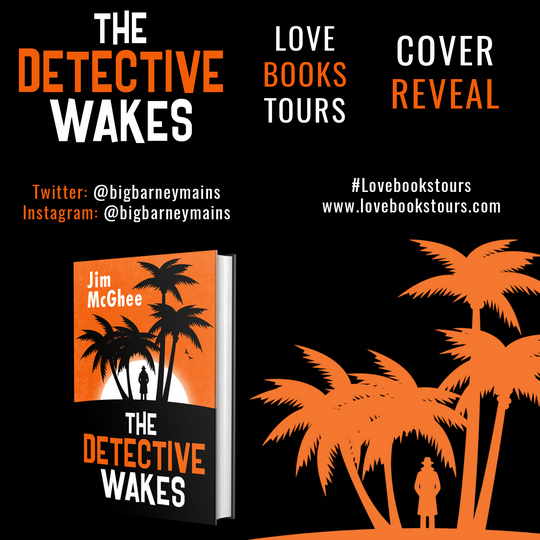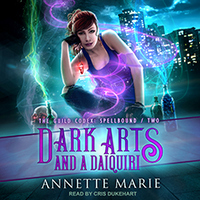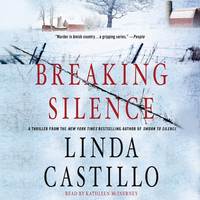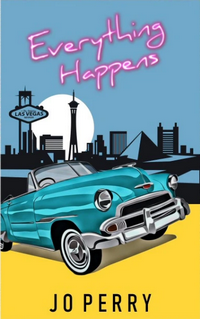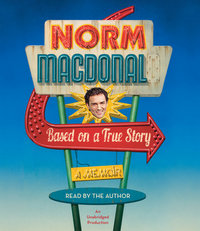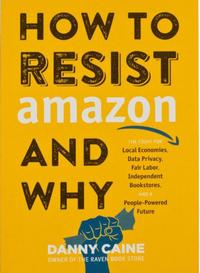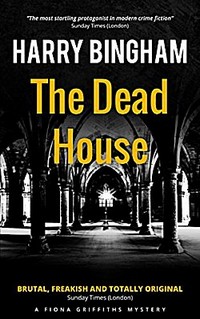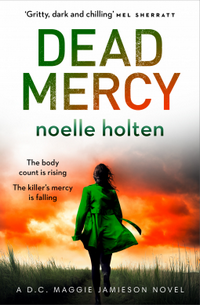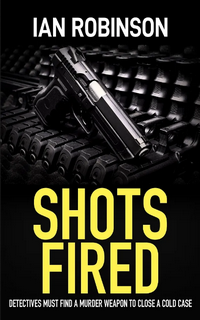Finally…I’d hoped to get this posted no later than November 17th. But every time I started writing something, I ended up overthinking or was distracted. I’m not sure the end result is that coherent, but…it’s finished. I can live with that.

It was like a bag of popcorn cooking in a microwave. A few pops during the final countdown of the year and then the barrage as the frequency of gunfire made it impossible to separate it into individual discharges. A gunshot symphony. For a solid five minutes, there was an unbroken onslaught as revelers of the new year fired their weapons into the sky following a Los Angeles tradition of decades.
It didn’t matter that what goes up must come down. Every new year in the City of Angels began with risk.
The gunfire of course was joined by legitimate fireworks and firecrackers, creating a sound unique to the city and as reliable through the years as the changing of the calendar.
What’s The Dark Hours About?
It opens on December 31, 2020—Renée Ballard and a fellow detective are partnered up for the night—it’s a kind of all-hands-on-deck kind of night. These two are also part of a team on the trail of a pair of serial rapists that they’re calling the Midnight Men.
But on this night, they’re called out to a shooting death. Ballard’s role is to be the initial investigator and then pass off the case to the homicide detectives after the weekend—but she’s hoping she can keep it longer (their work on a different case could allow for that). There’s a match for the bullet—the same gun was used in an old unsolved case, investigated by Harry Bosch.*
Isn’t it always reassuring to see that no matter what kind of super cop he is, there are cases that Bosch couldn’t close?
The two put their heads together and quickly find a new angle for Bosch’s case as well as a promising line of investigation for Ballard’s.
Meanwhile, the Midnight Men strike again, and this time, there’s something a little different that Ballard picks up. A string she starts pulling that proves to be instrumental.
With Bosch to bounce her ideas off of, as well as a backup she can trust, Ballard gets her chance, once again, to bring a little light to the dark hours of the night.
Bosch
While this is by and large a Renée Ballard book, there’s enough about Harry Bosch to keep a fan satisfied. He’s doing okay with his medical condition, Maddie’s well (and is dating someone, so isn’t spending as much time with Bosch), he’s pretty much holed-up during COVID, studying old case files.
Not at all-surprisingly, when Renée’s path crosses with his, he’s ready to jump into action. Sure, he always is, but add in a lockdown-induced cabin fever? It’s a wonder that Harry wasn’t calling his mentee daily to see if she needed help with anything (although it’s clear that the two have kept in touch).
In the past, the pair have done a better job of keeping Harry’s involvement under the radar, but between Bosch’s Cabin Fever, Ballard’s need to make fast progress on the cases, and her lack of trust for any other detective at the moment they throw that out the window. Which does come back to bite Ballard (as it should).
The 2021-ness of It
… this was the new LAPD—officers stripped of the mandate of proactive enforcement and waiting to be reactive, to hit the streets only when it was requested and required, and only then doing the minimum so as not to engender a complaint or controversy.
To Ballard, much of the department had fallen into the pose of a citizen caught in the middle of a bank robbery. Head down, eyes averted, adhering to the warning: nobody move, and nobody gets hurt.
I don’t remember Connelly’s books being so obviously of the moment until last year’s The Law of Innocence which ended just as lockdowns were starting in California.
Connelly’s books have always felt contemporary—other mystery series might feel 5-10 years out of step, but not Connelly. Although, even the older books largely felt like they could’ve taken place a couple of years ago (except for the technology involved). But The Dark Hours has to be a 2021 novel—Ballard, Bosch, and the city are going through things that could only have happened after the protests of 2020 and the COVID-19 pandemic.
It makes things feel more immediate, but does it hurt readers in 5-10 years? Fair Warning, also published last year, could take place anytime after 2010 (maybe earlier). A lot of the other books felt timely to their context, but even now they don’t feel that dated. Will these?
I don’t know if this is a strength or a long-term weakness, but it is, as far as I can remember, a change.
However, seeing Renée having to adapt to COVID restrictions (no more living on the beach!) and struggling with the changes (temporary? long-lasting?) that the protests of Summer of 2020 about policing in America have brought to the LAPD is great to see. Connelly is able to show a department in flux, which can’t have been an easy tightrope to walk.
So, what did I think about The Dark Hours?
Ehhh…I’m not sure what to say here.
In the moment, while I was reading, it was typical Connelly—I was gripped, I was riveted, I couldn’t wait to see the murder solved. I was less invested in the rape case because once Ballard starts to get a little traction, once she starts to learn a little bit about these guys, I was repulsed. I really didn’t want to learn more—I just wanted them locked away—I even said something to a friend like “can’t we just get a quick, miraculous, resolution to this by page 180 and spend the rest of the book focusing on the murders?” Great job by Connelly creating some very horrible criminals, but I don’t want to spend time thinking about them.
But it’s not his best work—I’m not sure it’s not up to his par, even. The more I think about it, the more I’m bothered by parts of the story and storytelling. The Epilogue, by the way? It’s a scene from a TV show. Working on Bosch, Lincoln Lawyer, and Bosch: Legacy have impacted Connelly at least a little and it shows here.
I thought the stuff about the impact of COVID and the protests was fantastic—and you get no simple answers about the past/present/future of policing in LA. I’m just not sure the rest of the novel was as good as we’ve come to expect from Connelly (I’m open to being corrected by others who read it, though).
Good—but not good enough—I guess is my takeaway. Still, time with Bosch and Ballard? Always time well spent.

This post contains an affiliate link. If you purchase from it, I will get a small commission at no additional cost to you. As always, opinions are my own.

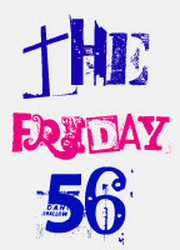 This is a weekly bloghop hosted by Freda’s Voice.
This is a weekly bloghop hosted by Freda’s Voice. Grab a book, any book.
Grab a book, any book. Turn to Page 56 or 56% on your ereader. If you have to improvise, that is okay.
Turn to Page 56 or 56% on your ereader. If you have to improvise, that is okay. Find a snippet, short and sweet.
Find a snippet, short and sweet. Post it
Post it
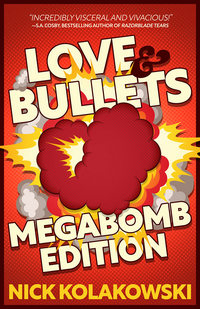
![]()


